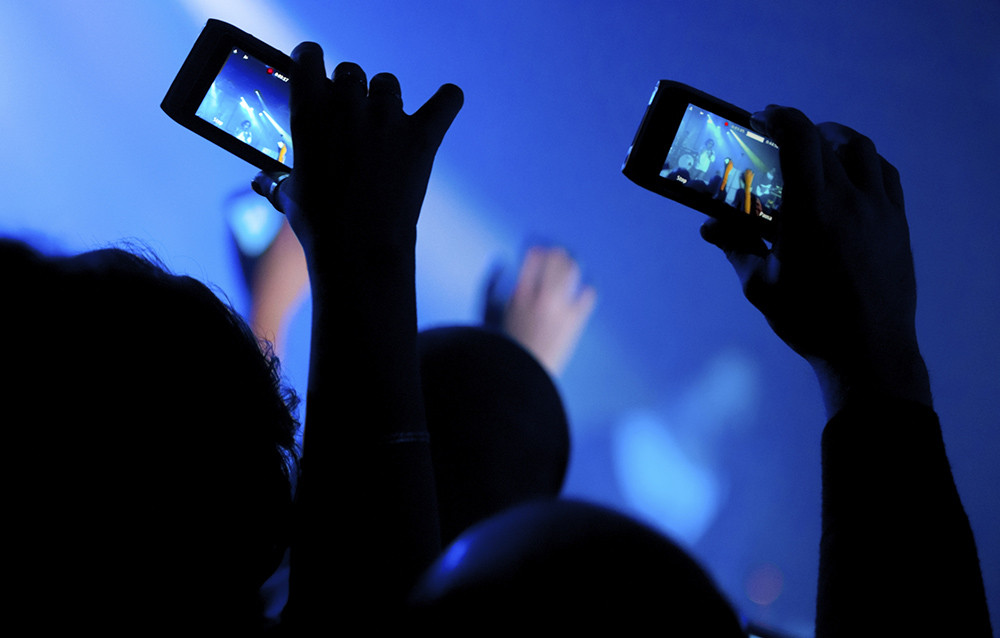Livecasting: A Quick Route to Group Recognition and Going Viral
In today’s media-driven world, we seek validation every day, and hope to have our successes recognized by as many as possible. One of the quickest route to group recognition is livecasting. Livecasting refers to any kind of audio or visual sharing that occurs over the Internet. Livecasting allows individuals to interact with a broad audience of people from around the world. People look forward to receiving comments and feedback about their video(s), as these responses represent the potential for attention, validation, and even fame.
Many people yearn for their livecast to “go viral.” This fame is manifested in the form of “hits” and “likes.” The influx of hits and likes on YouTube pages are like bursts of positive reinforcement for the video makers. This provides users with a sense of pride, friendships with distant users, and perpetuates connectedness with friends and family. Livecasting strengthens social support by allowing individuals to have their fifteen minutes of fame, and offering a sense of achievement.
Research has supported the idea that social media, such as livecasting, can have a positive effect on its viewers as well as its creators. One study found that while viewers who post comments about YouTube videos gain social recognition and prestige, individuals who watch, share and discuss videos with their friends, family, and social networks also gain social cohesiveness and a sense of being part of the “in group”. Thus, livecasting is a means of social support for both creator and consumer.
Though it may be the most widely used, YouTube is not the only form of livecasting that can result in popularity and social support among individuals. Other forms of livecasting include sites such as TalkShoe, LiveCast.com, Justin.tv, BlogTalkRadio, SHOUTcast, and Live365.
Developed by Dave Nelse in 2005, TalkShoe is an Internet radio show that incorporates live group calls, conversations, discussions, and interactive podcasts. Members discuss various topics, including religion, music, travel, business, and other interests. Justin.tv was founded in 2006 and allows members to broadcast, watch, and interact with live streaming video. Categories of viewing and interaction include topics such as entertainment, animals, and education. There are channel schedules that allow viewers to bookmark favorites and watch live shows.
BlogTalkRadio is an online radio talk show site that enables individuals from around the world to host their own talk show. This site is one of the largest, fastest-growing sites on the Internet. Similar to other livecasting sites, SHOUTcast is a professional and community online radio station, which can accommodate large amounts of Internet radio listeners. Live365 is a site for music lovers. This Internet radio site allows members to create their own online radio stations and listen to other members’ stations as well.
While examining the impact of popular media on adolescents’ practices and future goals, Uhls and Greenfield (2012) discovered that adolescents (ages 10-12) use livecasting sites as a way of achieving their goal of fame. Most of the adolescent participants in the study used online video sharing sites in order to establish popularity and have a captivating audience outside of their immediate environments.
When a psychologist uses livecasting in their practice, it can be tailored to meet individual needs. For example, a shy adolescent may be encouraged to share his or her favorite YouTube postings with the therapist, or classmates and others who may be interested. Additionally, video sharing on YouTube has been designed to treat elderly patients diagnosed with dementia. Specifically, in reminiscence therapy, dementia patients talk about past events and activities with others, and these interviews are later posted on YouTube.
Together, the client and therapist discuss past experiences, social interests and family interactions. In one study, researchers conducted interviews with participants six weeks after the program started, and found improvements in mood, quality of life, communication abilities, and engagement in groups.
Frequent livecasters post their videos in a public forum, allowing them to be readily accessible to their friends, family, and acquaintances. However, some users create feelings of selectivity and prestige on YouTube by changing their privacy settings, and making their posts more exclusive to their ever-expanding fan base. Although this fame may not be mutual or reciprocal, it still provides a sense of social support for the user.

